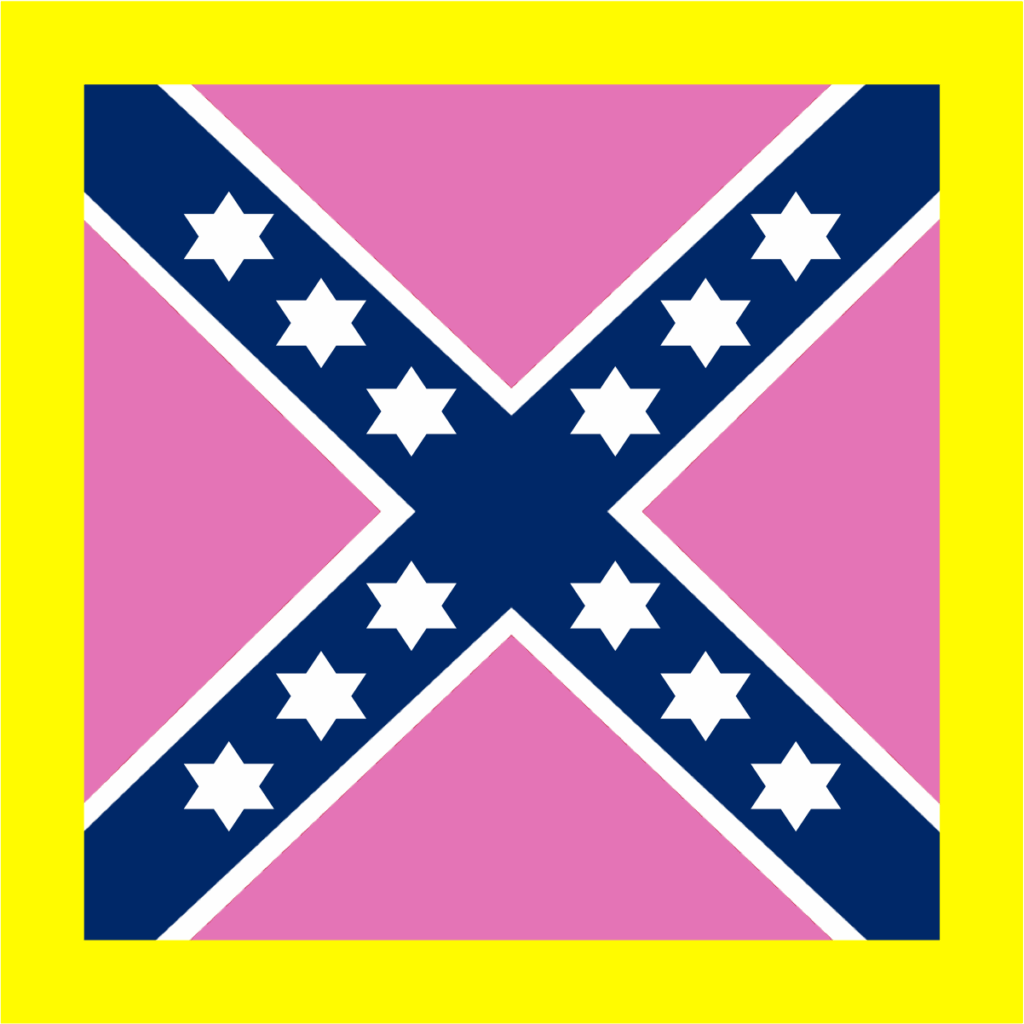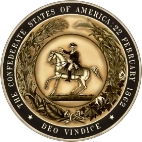
Portrait of General P.G.T. Beauregard, circa 1860–1865. Source: Wikimedia Commons
Few icons of freedom in Confederate history evoke the blend of brilliance, controversy, and legacy quite like General Pierre Gustave Toutant-Beauregard. Born on May 28, 1818, in St. Bernard Parish, Louisiana, Beauregard was a West Point-trained engineer whose military flair helped shape the early Confederate war effort. As one of the Confederacy’s first full generals, his impact was immediate, his strategies innovative, and his career remains a fascinating lens into the tumultuous years of the War Between the States.
| Died | February 20, 1893 (aged 74) New Orleans, Louisiana, U.S. |
|---|---|
| Buried | Tomb of the Army of Tennessee, Metairie Cemetery, New Orleans, Louisiana, U.S. |
The First Guns of War
Beauregard emblazoned his name into history when he commanded the Confederate bombardment of Fort Sumter on April 12, 1861—an action that ignited the Civil War. Ironically, the Union commander defending the fort, Major Robert Anderson, had been Beauregard’s artillery instructor at West Point. It was a moment of deep personal and national symbolism.
Beauregard and the Birth of the Confederate Battle Flag
One of General Beauregard’s enduring contributions to Confederate iconography was his instrumental role in the creation of the Confederate battle flag. Following the First Battle of Bull Run, Beauregard expressed serious concern over the similarity between the Confederate national flag—the “Stars and Bars”—and the U.S. Stars and Stripes, particularly amid the smoke and chaos of battle. Alongside General Joseph E. Johnston and Congressman William Porcher Miles, Beauregard helped design a new field banner to distinguish Confederate troops. The result was the now-familiar Southern Cross, featuring a bold diagonal blue saltire with white stars on a red field.
The first prototypes were sewn by women visiting Beauregard’s army using silk from their personal dresses. These earliest flags carried shades of pink rather than crimson, giving them a uniquely delicate appearance. Though initially informal, Beauregard’s persistence in promoting the design led to its widespread adoption. Over time, it became the defining symbol of the Confederacy on the battlefield and not just for his army, but for the South as a whole.
While stationed in winter quarters, Beauregard continued to advocate bold military strategies, including an invasion of Maryland aimed at the rear of Washington, D.C. His plans were rejected, and tensions with Confederate leadership escalated. He clashed with Commissary General Lucius B. Northrop over supply shortages and drew the ire of President Jefferson Davis by publicly criticizing decisions he felt hindered his army’s potential, particularly after Bull Run. Despite the friction, Beauregard’s legacy in shaping the Confederate war effort—and its most enduring banner—remains indisputable.

Victory at First Manassas
Just months later, Beauregard achieved his greatest tactical success at the First Battle of Manassas (Bull Run) in July 1861. Alongside General Joseph E. Johnston, he delivered the South its first major battlefield victory, electrifying the Southern public and bolstering morale. His knack for battlefield coordination and use of railroads to shift troops rapidly marked him as a military innovator.
A Mind for Strategy, A Heart for the South
Although brilliant, Beauregard’s tenure was not without friction. He often clashed with Confederate President Jefferson Davis over strategy and seniority. Nevertheless, he continued to serve loyally in pivotal roles, including at Shiloh, Corinth, and later defending Charleston, South Carolina—where his skill in fortifications and defensive warfare prolonged Confederate control of the vital port far longer than expected.
Post-War Patriot and Reformer
After the war, Beauregard promoted civil rights and worked for racial reconciliation in Louisiana, a position that surprised many of his contemporaries. He served as a railroad executive and advocated for modernization in the South, proving that his vision extended beyond the battlefield.
Beauregard’s Legacy
P.G.T. Beauregard remains a symbol of Southern resilience, ingenuity, and complexity. From Fort Sumter to his calls for unity in Reconstruction-era Louisiana, he was a man of action, thought, and purpose. His legacy endures not only in monuments and memorials but in the very narrative of a people who once rose to chart their own course in American history.
Let us remember him not just for the battles he fought, but for the enduring spirit of defiance and dignity he carried through every chapter of his life.
General P.G.T. Beauregard – Profile
| Birth name | Pierre Gustave Toutant-Beauregard |
|---|---|
| Nicknames | Little Black Frenchman, Little Frenchman, Little Napoleon, Little Creole, Bory, Felix, Hero of Fort Sumter |
| Born | May 28, 1818, St. Bernard Parish, Louisiana, U.S. |
| Died | February 20, 1893 (aged 74), New Orleans, Louisiana, U.S. |
| Buried | Tomb of the Army of Tennessee, Metairie Cemetery, New Orleans, Louisiana, U.S. |
| Allegiance | United States, Confederate States |
| Service / branch | United States Army, Confederate Army |
| Years of service | 1838–1861 (U.S.), 1861–1865 (C.S.) |
| Rank | Brevet Major (U.S.), General (C.S.) |
| Commands | Army of the Potomac, Army of Mississippi |
| Battles/wars |
|
| Alma mater | United States Military Academy (BS) |
| Spouse(s) | Marie Antoinette Laure Villeré (m. 1841; died 1850), Caroline Deslonde (m. 1860; died 1864) |
| Children | 3 |
| Signature |



More Stories
10 Key Differences Between the U.S. and Confederate Constitutions You Never Knew